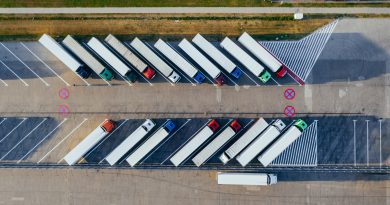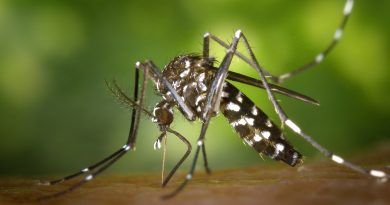Cellendes to Unveil Research for Novel 3D Tissue Bioprinting Hydrogels at WI3R Symposium
Cellendes GmbH, a leading innovator in 3D cell culture development and tissue engineering technologies, is set to present its latest research at the WI3R Symposium 2024 – the 1st International Conference of the Würzburg Initiative 3R (WI3R).
The conference, focused on the 3R principles (Replacement, Reduction, and Refinement) of animal testing in biomedical research, marks the first international gathering organised by the Würzburg Initiative 3R (WI3R). The event will take place at the Rudolf Virchow Center in Würzburg, Bavaria, Germany, from the 5th of June to the 7th of June 2024.
Organised by Fraunhofer TLC-RT, University Hospital Würzburg, and the University of Würzburg, the WI3R conference aims to showcase the latest advancements in cell-based tissue models and test systems designed to replace animal testing. It will feature the granting of the 20th anniversary Ursula M. Händel Animal Welfare Prize by the German Research Foundation (DFG) and cover a broad spectrum of topics including biofabrication, 3D printing, human tissue models, disease modeling, and regulatory acceptance of new approaches.
Groundbreaking Research on Light-inducible Hydrogels for 3D Tissue Bioprinting
Dr. Brigitte Angres, co-founder and Executive Manager of Cellendes GmbH, will be presenting the company’s groundbreaking research on “Biomimetic thiol-ene-based hydrogels for photolithographic bioprinting and tissue fabrication.” This research, which is a collaborative effort among scientists from Germany, Spain, and Israel, focuses on the development of innovative light-inducible hydrogels for use as bioinks in 3D tissue bioprinting. The research introduces these hydrogels as a promising alternative to the traditionally used acrylate-based systems.
The study highlights the limitations of acrylate chemistry, such as detrimental side reactions involving reactive oxygen species (ROS) that can harm cells and inhibit crosslinking. In response, the research proposes a new hydrogel system based on norbornene chemistry, which offers significant advantages including reduced cell toxicity, a faster onset of gel formation, and more uniform gel properties.
The experimental methods involve a photolithographic bioprinting setup, where a LED pen illuminates cells embedded in gels. The system incorporates biomimetic peptides and MMP cleavable crosslinkers to enhance functionality. One experiment detailed in the study involves the formation of skin-like tissues using the hydrogel system. These tissues are grown in an Air-Liquid Interphase and later immunostained to evaluate the results. Findings reveal that fibroblasts spread well in the gel, forming an interconnected network beneath keratinocytes and secreting significant amounts of collagen IV. The surface of the gel develops a dense, multilayered structure of keratinocytes.
Results demonstrate that the hydrogel system maintains high cell viability, exceeding 80% even at elevated concentrations of the photoinitiator LAP. The system’s ability to produce fine structures as small as 9 micrometers through laser-based bioprinting is also highlighted, underscoring its precision and versatility. Detailed analysis of tissue sections reveals that the engineered skin exhibits well-organized layers similar to native human skin, with the expected differentiation markers.
The benefits of the norbornene-based hydrogel system include improved cell compatibility and the ability to maintain cell viability while enabling detailed tissue model development. This system’s potential for a wide range of bioprinting applications is facilitated by various photoinducing techniques.
Although these light-inducible hydrogels are not yet commercially available, they represent a new development under a European Union project, funded by the Horizon 2020 research and innovation program. Cellendes is currently finalising the development of these products and aims to release them on the market in the not-too-distant future.
Cellendes looks forward to meeting you at the WI3R Symposium and discussing the future of bioprinting and tissue engineering.
For information on innovative hydrogels for 3D cell culture development and 3D tissue bioprinting, please contact Cellendes via the Quick Contact Form or email: info@cellendes.com





